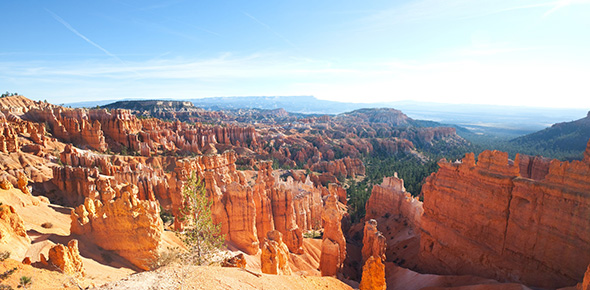Related Flashcards
Cards In This Set
| Front | Back |
|
Star
|
A large and very massive, self-luminous celestial body of gas that illuminates via the radiation derived from its internal source ofenergy.
|
|
Solar System
|
The collection of celestial bodies that orbit around the Sun.
|
|
Planet
|
(1) Any one of the nine primary celestial bodies that orbit the Sun(2) A similar body orbiting another star.
|
|
Rotation
|
The spinning of a planet on its axis.
|
|
Revolution
|
The orbit of a planet around its star one time.
|
|
Inclination of the axis
|
The angle between a planet's axis of rotation and the perpendicular to the plane of its orbit.
|
|
Parallelism of the axis
|
Refers to the fact that the axis of the earth remains parallel to it's previous position as the earth revolves around the sun. This means that the earth's axis always points in the same direction.
|
|
Orbit
|
The revolution of one body around another.
|
|
Ellipse
|
A plane curve, especially:a. A conic section whose plane is not parallel to the axis, base, or generatrix of the intersected cone.b. The locus of points for which the sum of the distances from each point to two fixed points is equal.
|
|
Perihelion
|
It is the point in the Earth's orbit when it is closest to the Sun (147.5 million km). Perihelion occurs on the 3rd or 4th of January.
|
|
Aphelion
|
It is the point in the Earth's orbit when it is farthest from the Sun (152.5 million kilometers). Aphelion occurs on the 3rd or 4th of July.
|
|
Plane of the Ecliptic
|
Hypothetical two-dimensional surface in which the Earth's orbit around the Sun occurs.
|
|
Vernal Equinox
|
One of two days during the year when the declination of the Sun is at the equator. -denotes the first day of the spring season. -on either March 20 or 21 (changes yearly).-September 22 or 23 is the date of the vernal equinox in the Southern Hemisphere. -all locations on the Earth (except the poles) experience equal (12 hour) day and night.
|
|
Automnal Equinnox
|
One of two days during the year when the declination of the Sun is at the equator. -The autumnal equinox denotes the first day of the fall season. -For the Northern Hemisphere, September 22 or 23 (changes yearly). -March 20 or 21 in the Southern Hemisphere. -all locations on the Earth (except the poles) experience equal (12 hour) day and night.
|
|
Summer Solstice
|
The first day of the summer season. -For the Northern Hemisphere, is either on June 21 or 22 (changes yearly). -December 21 or 22 for the Southern Hemisphere. -During the summer solstice, locations in their respective hemispheres experience the longest day of the year.
|






